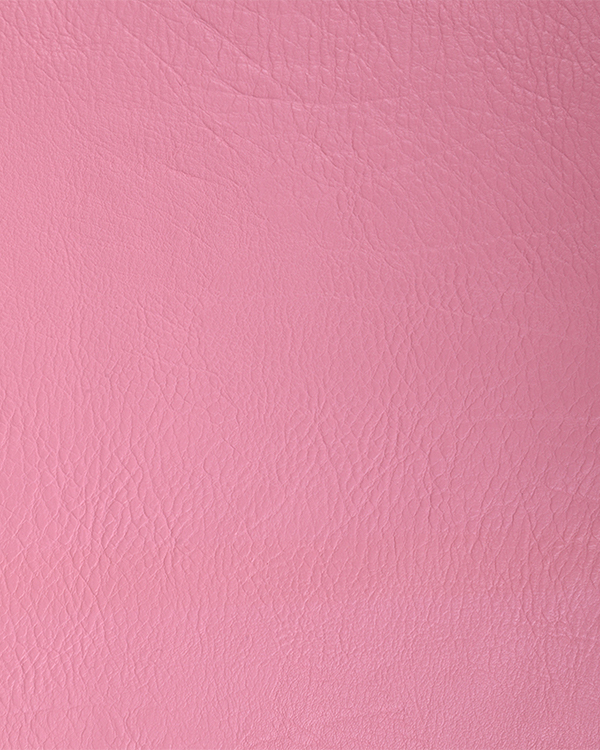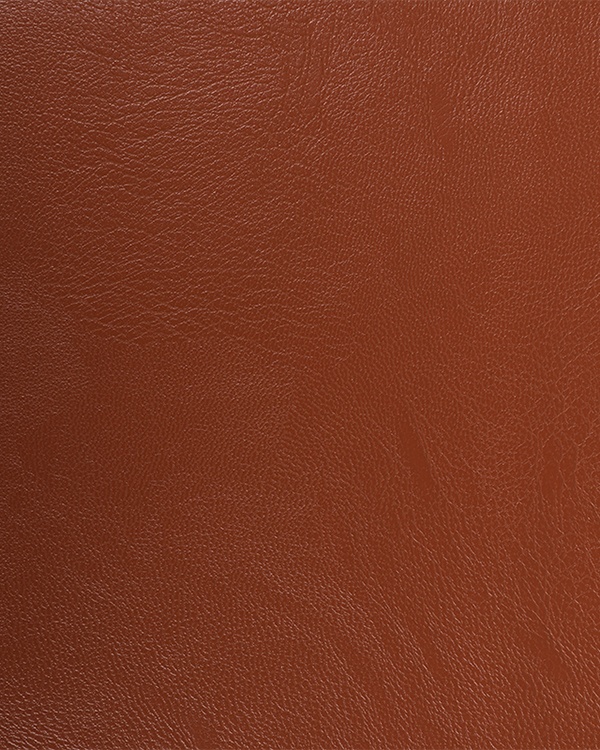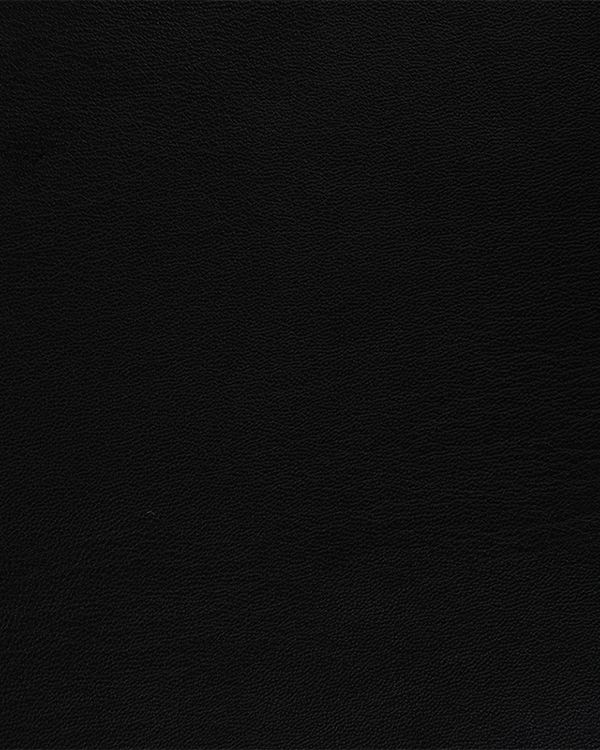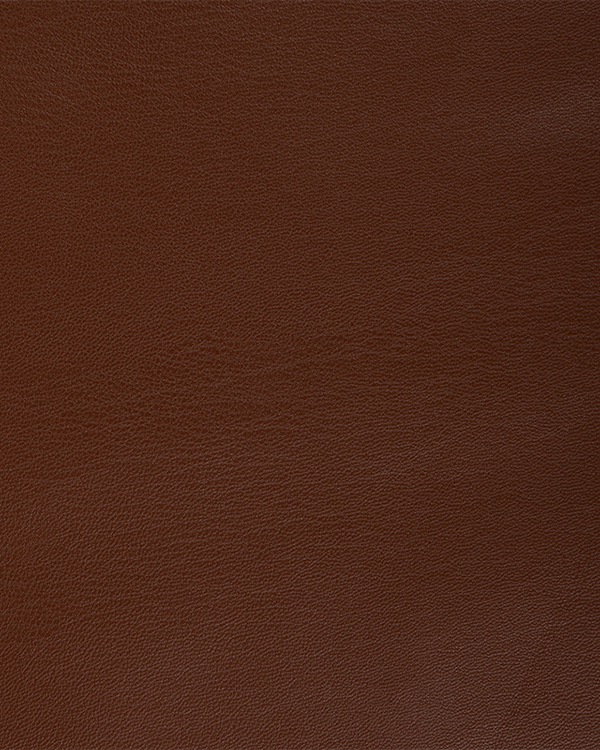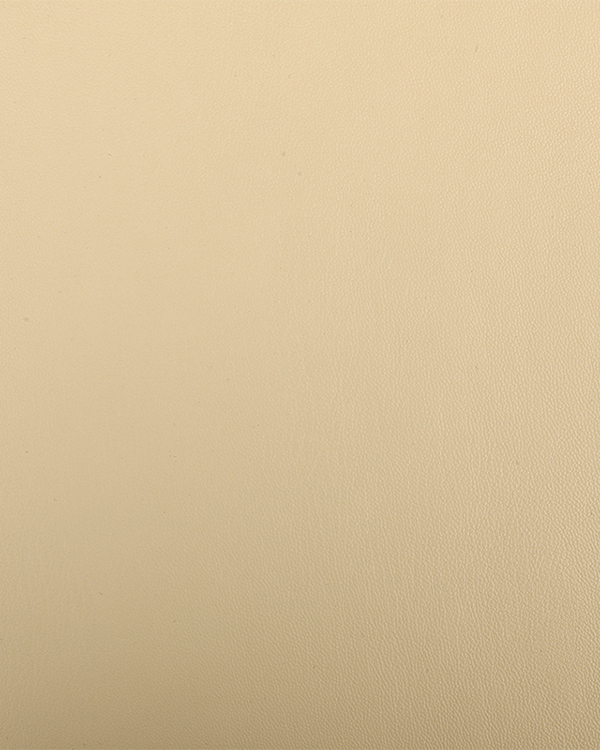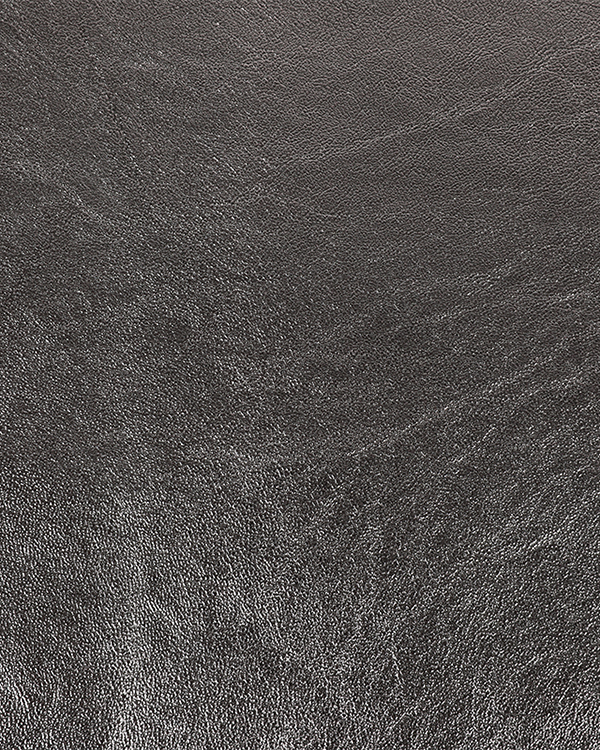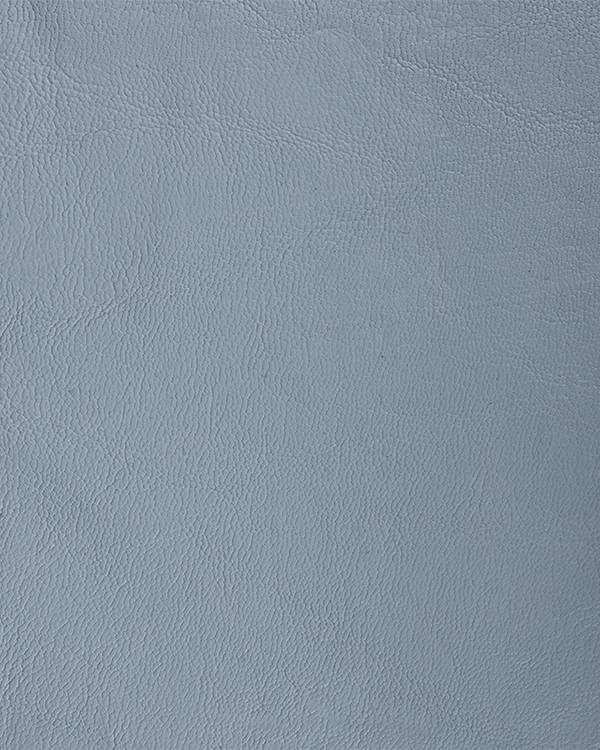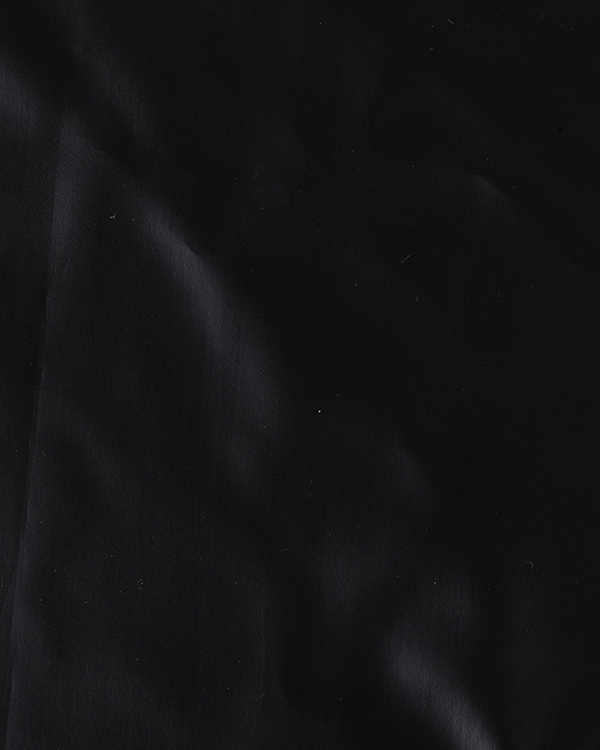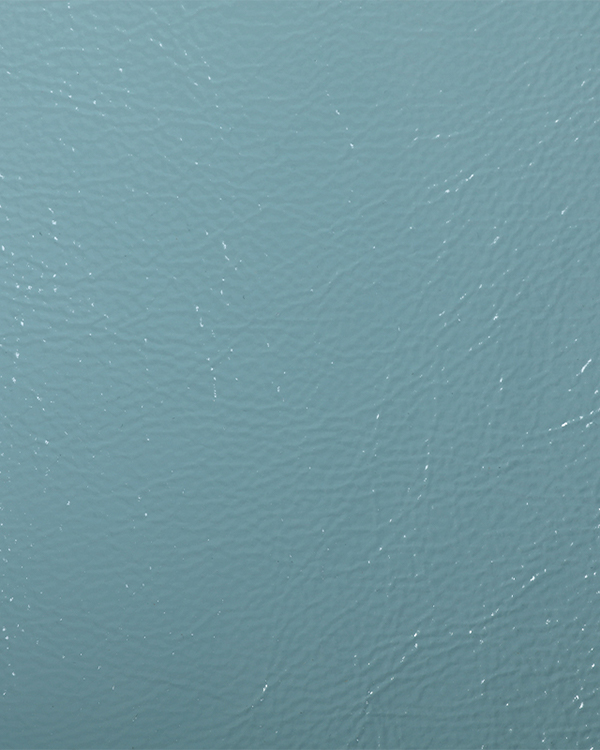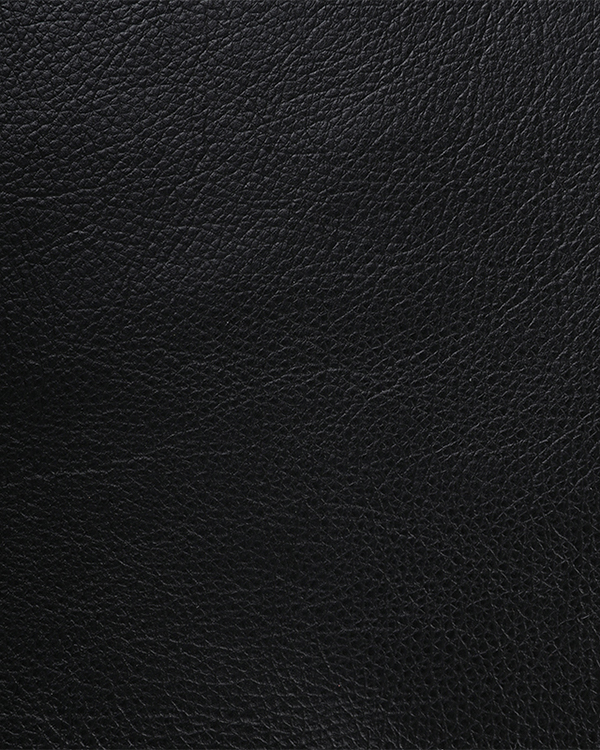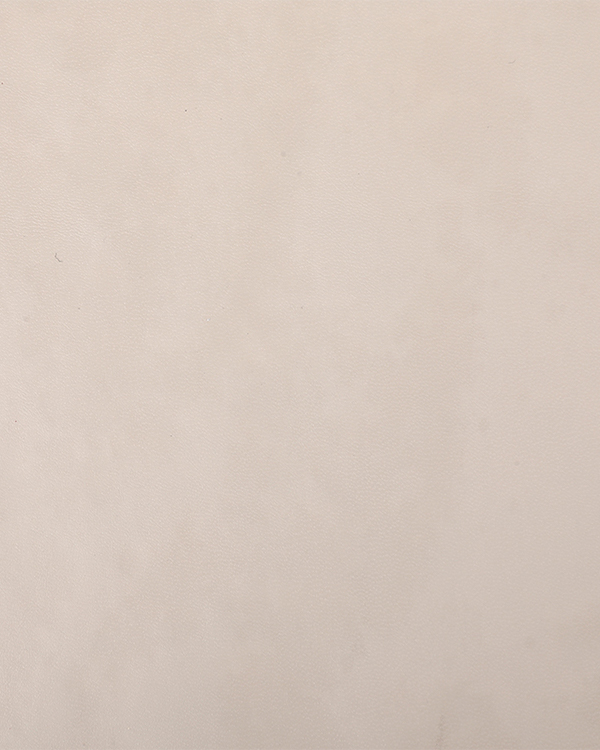Knowledge and Development of Artificial Leather
If you are an insider in this industry, you will know that artificial leather is not so bad. The classification of leather is meticulous. It should be divided into many small categories. For those animal leather, they can be distinguished as long as they know how to identify. Leather manufacturers mainly focus on the knowledge of artificial leather.
Artificial leather - a kind of plastic products that look like leather and feel like leather and can be used instead of it. It is usually made of fabric as the substrate, coated with a mixture made of synthetic resin and various plastic additives.
Development history of artificial leather:
At the beginning of the 20th century, nitrocellulose lacquered cloth made by coating fabric with nitrocellulose sol was the pioneer of artificial leather. In the 1930s, the industrial production of PVC opened up new raw material resources for artificial leather and promoted the development of artificial leather production. The paste made by adding plasticizer, stabilizer, etc. to PVC is easy to stain. After coating gel, it can be printed, embossed or embossed, and printed to make a variety of products similar to leather in appearance. Although its air permeability and moisture permeability are not as good as those of natural leather, it has a certain strength and wear resistance, especially because of its simple production, rich raw materials, uniform product quality, easy cutting and use, light weight, water resistance, and low cost. Therefore, it is widely used to make clothes, shoes and hats, bags, furniture, decorations, and various industrial accessories.
With the development of plastic varieties and processing technology, artificial leather has formed a variety of products. In addition to PVC, polyamide, polyurethane, polyolefin, etc. are also used as coating materials. There are also many varieties of substrate fabrics, such as plain cloth, canvas, knitted cloth, napping cloth, non-woven fabric, etc. The production of artificial leather of different varieties and colors is also different from the coating and gel method of the base cloth surface layer, as well as the finishing process, such as the sequence of embossing, printing, surface treatment, etc. and the composition of the surface treatment agent.
Production includes substrate treatment, rubber preparation, coating, bonding, gel, surface treatment, embossing, cooling, coiling and other processes. There are four main production methods.
Direct coating method
The rubber material is directly coated on the pretreated base cloth with a scraper, and then put into the plasticizing box for gel and plasticization, and then after embossing, cooling and other processes, the finished product is obtained. This method can be used to produce ordinary leathers, film coated leathers and foamed leathers with various cloth bases.
Transfer coating method
Also called indirect coating method. The paste is coated on the carrier (release paper tape or stainless steel tape) with a reverse roller or scraper, and after gelatinizing, the cloth base is compounded on the gel material layer under no tension, and then plasticized, cooled and peeled off from the carrier, and then post-processing is carried out to obtain the finished product. This method is suitable for producing knitted fabric or non-woven fabric based foam artificial leather and ordinary artificial leather.
Calendering and pasting method
According to the formula requirements, after measuring the resin, plasticizer and other ingredients, put them into the kneader and mix them evenly, and then melt them in the internal mixer, open mill or extruder, It is sent to a three roll or four roll calender (see Plastic machinery is used to calender a film of the required thickness and width, which is then laminated with the pre heated base cloth, and then embossed and cooled to get the finished product. This method can produce various artificial leather with different cloth bases. In order to improve the bonding effect between the base cloth and the film, a layer of adhesive is often applied on the base cloth first.
Extrusion pasting method
Mix the resin, plasticizer and other ingredients in the kneader evenly. After plastic refining, the film with a certain thickness and width is extruded by the extruder. Then, the film is bonded with the preheated base cloth on the three roll shaping machine, and the finished product is obtained after preheating, film pasting, embossing and cooling. This method is used to manufacture thick products, such as floor leather, conveyor belt, etc
Environmentally friendly leather
In fact, environment-friendly leather is not genuine leather, that is, artificial leather. In fact, it is also environment-friendly. It is generally made of resins, such as imported environment-friendly polyurethane and polyurethane resin (TPU).
Its service life is actually longer than that of genuine leather.
Its advantages: First, the pull of the leather is good, it is not easy to tear, and it is more durable; Second, it has good corrosion resistance and abrasion resistance; Third, it has no unpleasant smell, and has the environmental protection characteristics of anti-bacterial, mold proof, moth proof, and no harmful substances.

 English
English Español
Español
